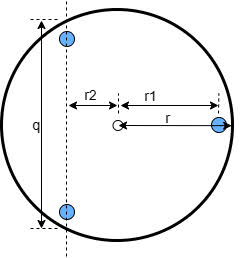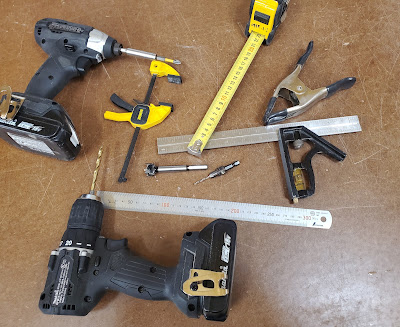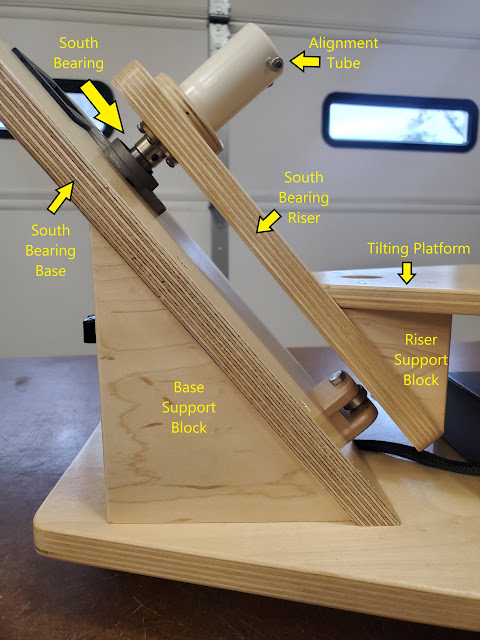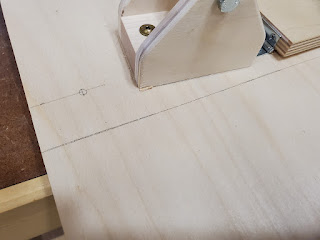Overview

This blog is about an equatorial tracking platform I built for my son's 10" Dobsonian telescope. (A tracking capability for a telescope allows it to track the motion of the stars as the Earth rotates, avoiding the need to constantly reposition the telescope. Large reflectors like Dobsonians typically lack tracking.) When we got the telescope we quickly realized that tracking would be a great enhancement, so I got to work. I worked hard on it and learned a lot, and I'm very satisfied with the result. I thought I'd try to document my effort in case it's useful to someone else, hence this blog.









